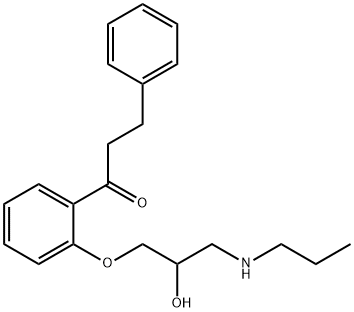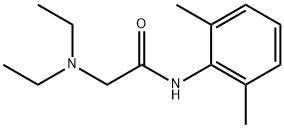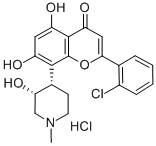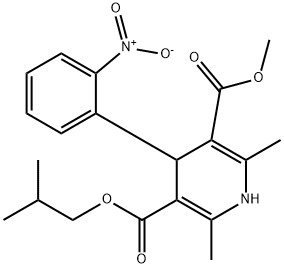Propafenone HCl , ≥98% , 34183-22-7
Synonym(s):
1-[2-(2-Hydroxy-3-(propylamino)propoxy)phenyl]-3-phenyl-1-propanone hydrochloride
CAS NO.:34183-22-7
Empirical Formula: C21H28ClNO3
Molecular Weight: 377.9
MDL number: MFCD00079243
EINECS: 251-867-9
| Pack Size | Price | Stock | Quantity |
| 1G | RMB58.40 | In Stock |
|
| 100G | RMB83.20 | In Stock |
|
| 5G | RMB190.40 | In Stock |
|
| 25G | RMB581.60 | In Stock |
|
| others | Enquire |
PRODUCT Properties
| Melting point: | 165-1670C |
| storage temp. | 2-8°C |
| solubility | Slightly soluble in cold water, soluble in methanol and in hot water, practically insoluble in ethanol (96 per cent). |
| form | Solid |
| color | White to Off-White |
| λmax | 303nm(MeOH)(lit.) |
| Merck | 14,7794 |
| CAS DataBase Reference | 34183-22-7(CAS DataBase Reference) |
Description and Uses
Propafenone hydrochloride is a class I anti-arrhythmic agent with basic local anaesthetic and membrane-stabilizing properties. Some P-adrenergic blocking action has also been described. Propafenone decreases the depolarization velocity and slows conduction in the His-Purkinje system with resultant increase in the PR interval and the QRS complex. Propafenone is used in the treatment of paroxysmal supraventricular tachycardias and ventricular arrhythmias.
Propafenone should not be used in uncontrolled cardiac failure, severe obstructive pulmonary disease or marked hypotension. Propafenone may worsen myasthenia gravis.
Propafenone hydrochloride is a class IC antiarrhythmic agent used for the management of severe ventricular and supraventricular arrhythmias. It has beta-blocking and weak calcium channel blocking properties, as well as some negative inotropic activity. Propafenone is in a class of medications called antiarrhythmics. It works by acting on the heart muscle to improve the heart's rhythm.
Safety
| Symbol(GHS) |  GHS07 |
| Signal word | Warning |
| Hazard statements | H302 |
| Precautionary statements | P301+P312+P330 |
| Hazard Codes | T,Xn |
| Risk Statements | 46-22 |
| Safety Statements | 53-36/37/39-45 |
| WGK Germany | 3 |
| RTECS | UH2833000 |
| HS Code | 2922504500 |
| Toxicity | LD50 in rats (mg/kg): 18.8 i.v.; 700 orally (Hapke, Prigge) |





